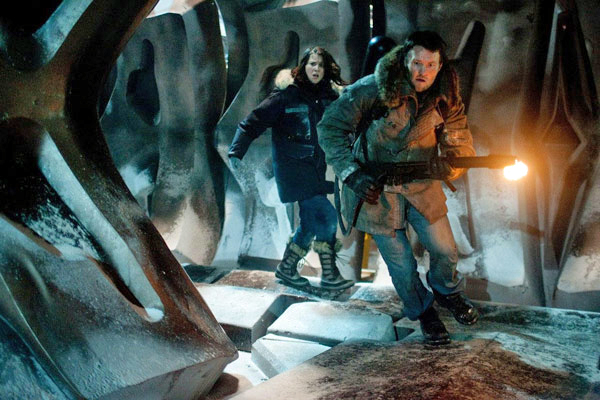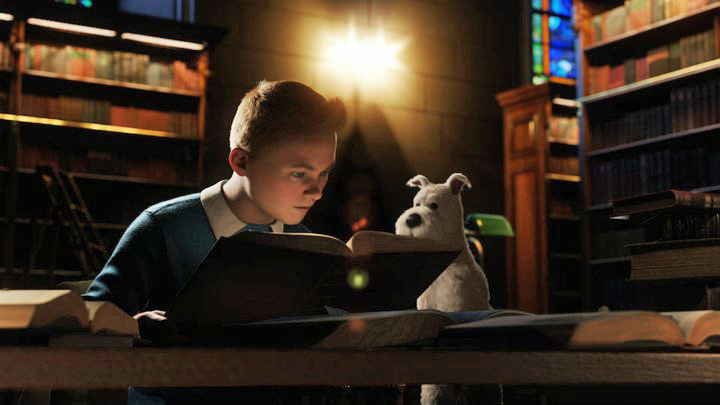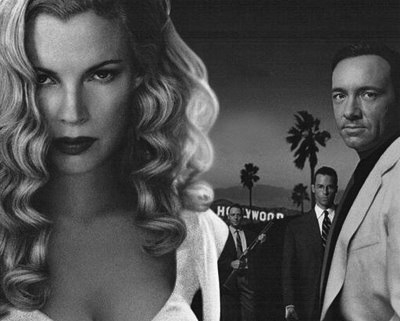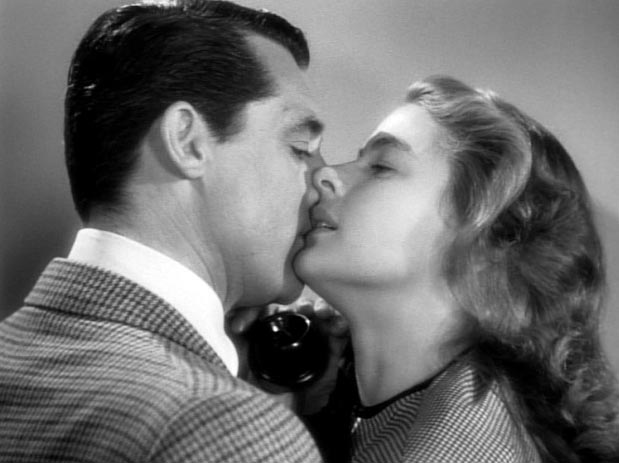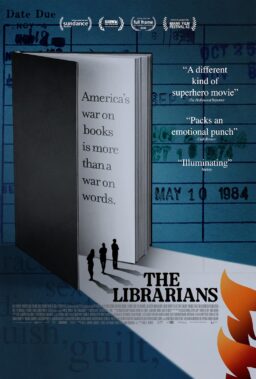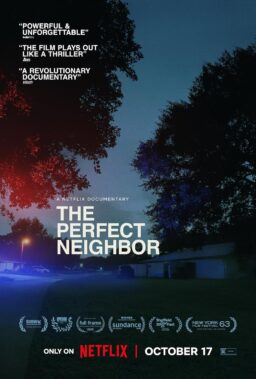Q. I just rented “The Usual Suspects’ and noticed it was produced by Bad Hat Harry Productions. I wonder if that’s in reference to Roy Scheider’s line in “Jaws,” when he tells the old man on the beach who prods him to talk about his fear of water, “That’s some bad hat, Harry.’ No one I ask seems to even remember the line, so needless to say they aren’t much help to me. Any idea? (Richard Wolfe, Turtle Creek, PA)
A. According to Christopher McQuarrie, the writer of “Usual Suspects,” the name for Bad Hat Harry Productions was indeed a reference to Roy Scheider’s line in “Jaws.” McQuarrie says “Jaws” is Bryan Singer’s favorite movie and the two of them came up with the company name.
Q. Do you have a recipe for timpano, the special dish in the movie “Big Night?” I can’t find one in my cook books, from Italian friends, or on the Internet. (Joan Phillips-Sandy, Waterville, Maine)
A. You are referring to the lovingly-prepared dish which, when it is sliced open at last, causes the audience to emit a collection “ahhhh!” Rysher Entertainment, which is distributing the film, says co-director and star Stanley Tucci and his cousin have deliberately (italics) not released a recipe for timpano because they are writing a cookbook in which they’ll include that recipe.
Q. I rented a copy of John Wayne‘s “The High and the Mighty” at my local video store, and I was unpleasantly surprised to discover the quality of the tape was terrible! Is anyone aware of this obviously unauthorized (I hope) video? When I rented it, I was hoping that it was a new authorized version (like John Wayne’s “McLintock”), but I was sadly mistaken. I watched the whole thing because I was so looking forward to seeing this classic again after so long, but it was really b-a-a-d! It looks like a fourth generation copy of something taped off of TV. The sound is as poor as the picture. The opening credits (only) are in widescreen with yellow. (Hyde Flippo, Reno, Nev.)
A. The John Wayne estate, which brought out a restored version of “McLintock,” has not authorized a video version of “The High and the Mighty,” and major video catalogs such as Facets and Movies Unlimited do not list it.
Q. There was a shooting at a movie theater in Chicago last week, and a young black woman lost her life. The movie was “Set it Off”, and the anchor folks on TV mentioned that you gave it three and a half stars. I should have called that station and told them, if the movie received no stars, what difference would it make? The movie and the act of violence were totally separate incidents. Someone could have stepped on someone’s toes in the theater. (Myrin New, Chicago)
A. This is a tough call, but if the title of the movie is newsworthy, then perhaps it is also newsworthy that many major critics have given “Set it Off” highly favorable reviews. I agree with you that the movie should not be held responsible for the shooting, which might just as easily have taken place during a different film.
Q. As I cashiered tonight, I sold a copy of the video of “Hoosiers” to a satisfied customer. As the receipt printed out, I looked at the back of the video and saw a quote that said “Hip Hoop Hooray! Four stars–Roger Ebert.” It didn’t sound like something you’d say, and when I looked at it closer it was attributed to a Roger Ebert of The New York Post. I’m sure you have no problem endorsing the movie as you really did give it four stars, but I doubt you would want to be stamped with a quote you didn’t say from a newspaper you don’t write for. (Rhys Southan, Richardson, Texas)
A. Actually, my syndicated reviews did appear in the New York Post for several years. I would never, however, be capable of writing such a moronic phrase as “Hip Hoop Hooray!”–or even “Hip Hip Hooray,” for that matter. My guess is that the film’s distributors are quoting the (italics) headline from the New York Post, which is unethical, since critics do not write their own headlines.
Q. I may just be losing my mind, but I rented “Fargo” last night and the credits appeared to list the symbol for “The Artist Formerly Known As Prince,” turned on its side, as having played “Victim In Field.” Now, when the car containing the eventual “Victim In Field” drove by, it appeared to contain a pudgy white guy, so maybe this is just the Coen brothers playing a little Minnesota joke on us all. Or maybe my eyes are just going. (Adam Weintraub, Newport, Ky.)
A. The Answer Man dealt with this when the movie was first released, but now that “Fargo” is out on video, a new wave of queries has arrived. As explained earlier, Ethan Coen told Premiere: “That was our storyboard artist, who played the guy who drives by in the car with the red parka. He asked us if he could have that credit.” If you look closely, I understand, you can even see a Smiley Face worked in as part of the symbol.
Q. What are the “love seats” and “stadium seating” that General Cinema is advertising in conjunction with the mid-Nov. opening of its two newest theaters in the suburbs? Sounds almost salacious (the love seats, that is). (Celeste Lengerich, Chicago)
A. Love seats are seats wide enough for two to sit in: A dating couple, or a parent and child. Stadium seating refers to auditoriums where the seats are so sharply-raked that every member of the audience can see easily over the head of the person in front.
Q. Hey, I’ve been wondering about this. Why, after the advent of the VCR and the dollar-a-day video store, are mega-cinemaplexes being built all over the place? People seem to be flocking to these newly built movie halls. What part of the movie experience ARE they slapping that cash down for???!!! (Jim Carey, New Lenox, IL)
A. I take it that love seats have not yet reached New Lenox.

